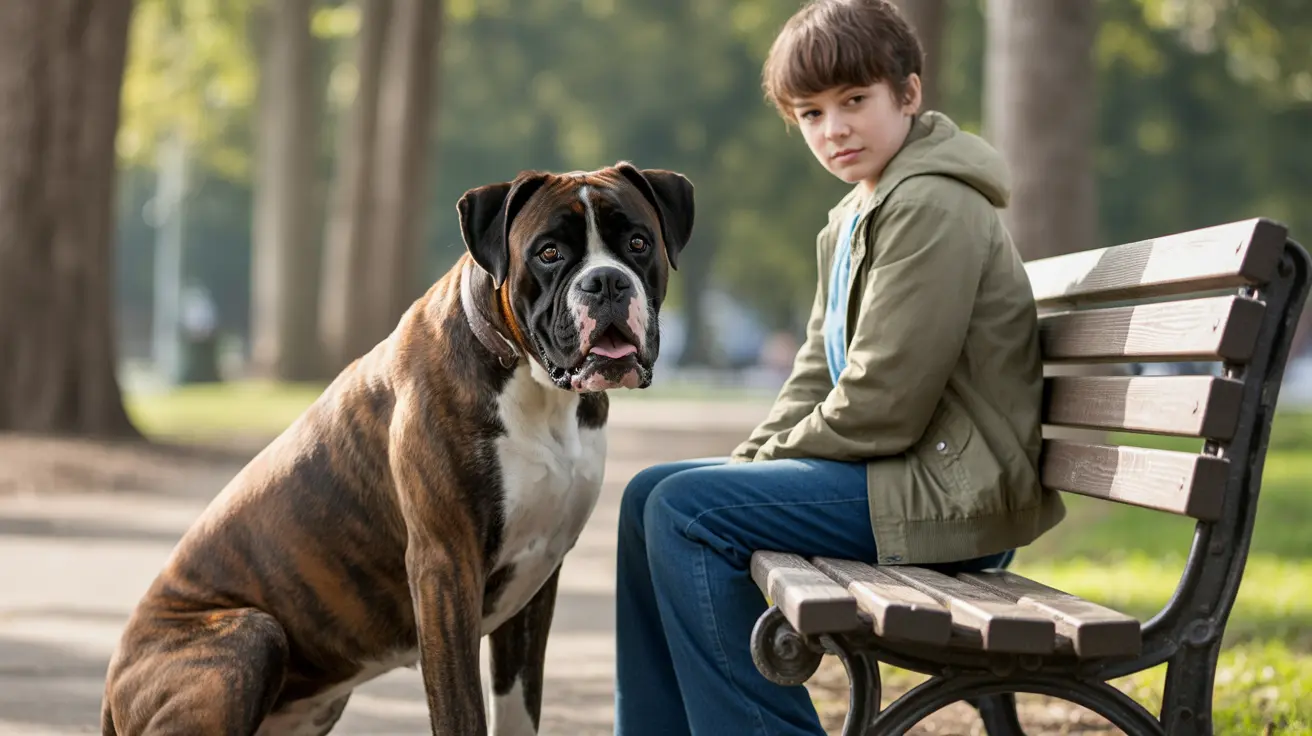How to Identify a Real Service Dog under the ADA
Identifying a genuine service dog is crucial for both businesses and the general public to ensure that individuals with disabilities receive their legal rights under the Americans with Disabilities Act (ADA). Service animals are not simply pets; they are trained working dogs that perform tasks directly related to a person's disability.
What Qualifies as a Service Animal?
According to the ADA, a service animal is defined as a dog (and in some cases, a miniature horse) that has been individually trained to perform specific tasks or work for a person with a disability. These tasks must be directly related to the individual's condition.
- Guiding those who are blind or visually impaired
- Alerting individuals who are deaf or hard of hearing
- Pulling a wheelchair
- Retrieving items like dropped phones or medication
- Alerting to medical conditions such as seizures or low blood sugar
- Providing physical support when walking
- Interrupting psychiatric episodes or providing grounding for anxiety attacks
Importantly, emotional support, therapy, comfort, or companion animals are not considered service animals under the ADA, even if they offer positive emotional effects. The key distinction is the specific task-based training for a disability.
Clues That a Dog Is a True Service Animal
Since service animals do not legally require certification, vests, or ID, determining legitimacy comes down to behavior and function. Indicators of a real service dog include:
- Focused behavior: The animal remains calm, attentive, and non-disruptive in public.
- Under handler control at all times: Usually via a leash, harness, or voice commands if needed.
- Trained to ignore distractions: No wandering, begging, or reacting to people or animals.
- Performs a specific task when prompted or needed by the handler.
- Housebroken and clean.
What Businesses Can and Cannot Ask
If a person's disability or the need for the dog isn't obvious, staff may ask only two questions:
- “Is the dog a service animal required because of a disability?”
- “What task or work has the dog been trained to perform?”
They cannot ask for documentation, require a demonstration of tasks, or inquire about the person’s specific disability.
No Appearance or Breed Requirements
Service dogs are not required to wear a vest, badge, or special identification. While some handlers may choose to use them for convenience or visibility, this is purely optional. There are no breed restrictions; any breed can serve as a service animal if properly trained.
Service Animal Rights and Restrictions
- Access rights: Must be allowed anywhere the public can go, including restaurants, hotels, public transport, and shops.
- Exclusion: Can only be asked to leave if not housebroken, out of control, or presents a direct health or safety risk.
- Control: Must always be under the handler’s supervision and command.
- Registration: ADA prohibits mandatory registration or certification; local voluntary registries may exist.
Common Misconceptions
Many people believe certain myths about service animals. For example:
- Myth: Only dogs like Labradors can be service animals.
- Reality: Any breed qualifies if individually trained.
- Myth: Service animals must be certified or wear a special vest.
- Reality: No federal law mandates identification or professional certification.
Legal Protections and Limitations
Federal laws, notably the ADA and the Fair Housing Act (FHA), govern service animals. The ADA applies to public spaces, while the FHA provides broader housing rights, including for emotional support animals in some cases. Air travel falls under the Air Carrier Access Act, which has additional restrictions and documentation requirements.
Responsibilities of Handlers
Service dog handlers must ensure their animal is:
- Housebroken
- Up-to-date on vaccinations
- Under control at all times
- Complying with local licensing
Final Thoughts
Understanding what defines a real service dog helps protect the rights of individuals with disabilities and prevents misuse that can lead to mistrust. Respecting boundaries, avoiding unnecessary questions, and recognizing trained behavior over appearances are key to identifying these important working animals.





